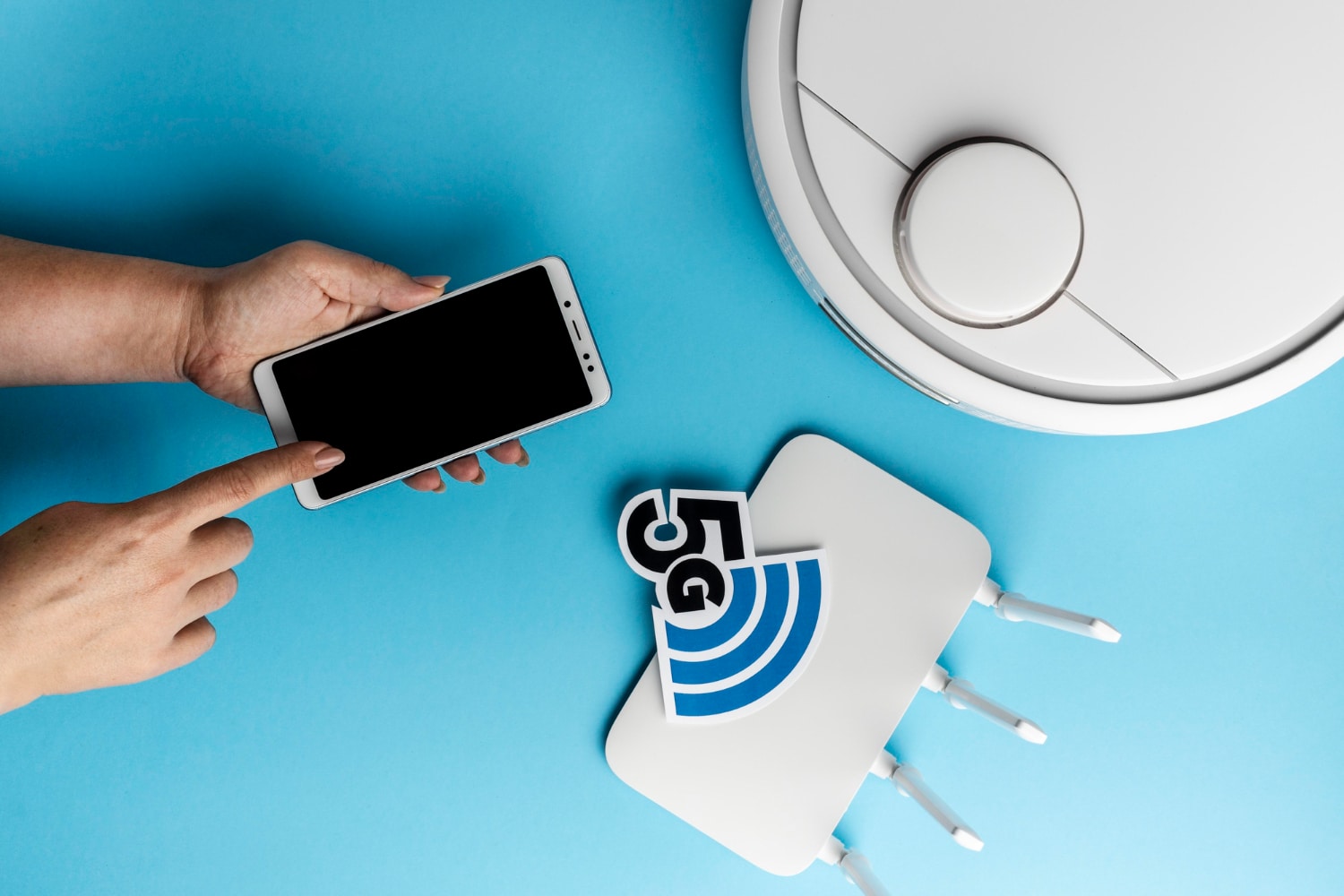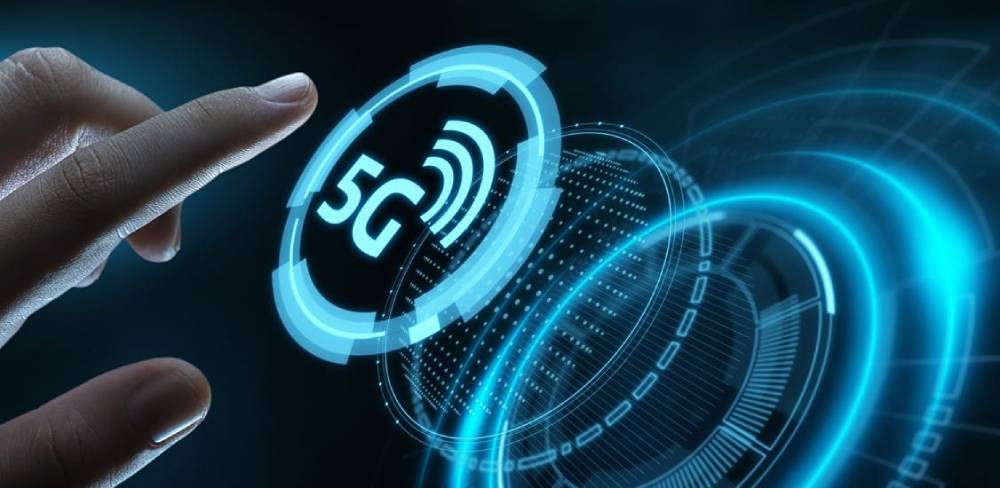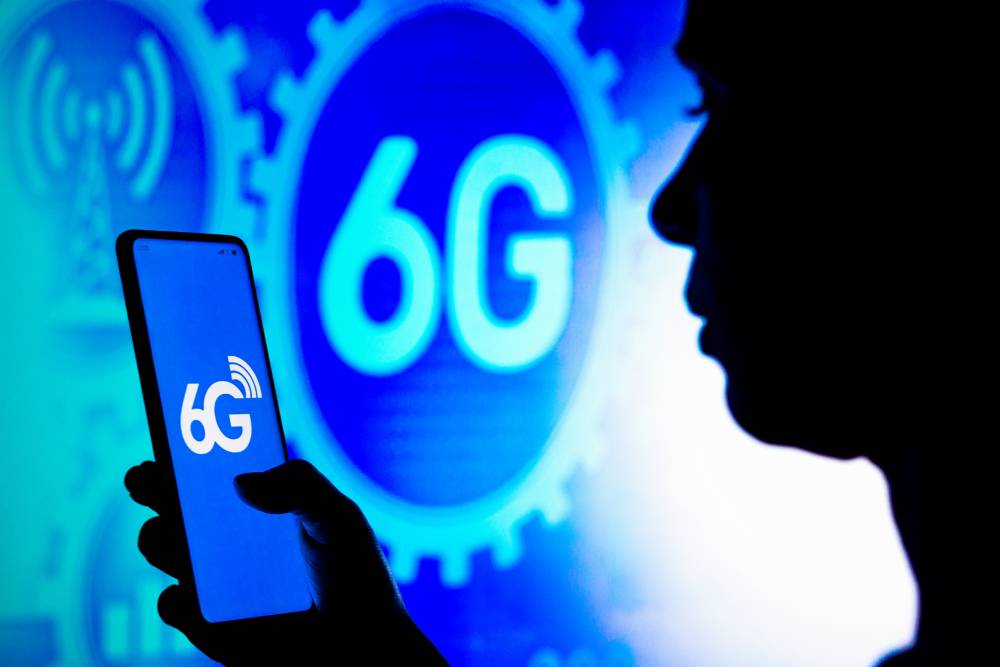
The Rise of 6G: What’s Next After 5G?
Technology moves quickly. As 5G networks are still underway, 6G is already on everyone’s lips. What is 6G and how will we live our digital lives differently? This article will look at 6G technology, how it will affect the wireless internet we use today, and when we can expect to see it available for everyone.
6G isn’t merely an incremental advancement, but rather an exponential increase in terms of speed, connectivity and capability. Tech enthusiasts and the average user should both understand 6G.
Key Benefits / Why It Matters
The Promise of Unprecedented Speed and Connectivity
6G is known for its incredible speed and connectivity. While 5G has set high standards, 6G is expected to go even further. Experts say 6G could be up to 100 times faster than 5G. This means instant data transfer and smooth connectivity across devices.
This speed boost is more than just faster downloads. It could change industries like healthcare, transportation, and entertainment. For example, in healthcare, 6G could allow real-time remote surgeries with robotic help. This would give access to medical skills in far-off areas. In transportation, self-driving cars could communicate instantly, making travel safer and more efficient.
Real-Life Applications and Data-Backed Insights
The uses of 6G are wide-ranging. One exciting possibility is the integration of technologies like artificial intelligence (AI) and the Internet of Things (IoT) into daily life. With 6G, smart cities could become real, where everything from traffic lights to home devices is connected and optimised.
Data shows that 6G may also help with environmental monitoring and disaster management. A vast network of sensors could use 6G to provide real-time data on environmental conditions. This could help predict and lessen the impact of natural disasters.
Step-by-Step Guide / Actionable Insights

Understanding the Evolution from 5G to 6G
Step 1: The Basics of 5G Technology
To grasp 6G, we must first understand 5G. This fifth generation of wireless tech offers faster speeds, lower latency, and connects more devices simultaneously. This has led to innovations like augmented reality (AR) and virtual reality (VR), which need high-speed connections.
Step 2: The Emerging Features of 6G
6G will build on the foundation of 5G by adding new features. A key advancement is using terahertz (THz) frequency bands, which allow much higher data rates than the millimetre waves in 5G. This will enable real-time data transmission, paving the way for holographic communication and immersive virtual experiences.
Step 3: The Role of AI and Machine Learning in 6G
AI and machine learning will be vital for 6G networks. These technologies will help make networks smarter and more adaptable, improving real-time performance. For example, AI could predict network congestion and adjust resources to keep performance high.
Examples, Case Studies, or Statistics
Countries and tech firms are investing in 6G research. South Korea plans to launch a 6G pilot project by 2026, aiming to lead in next-gen wireless. The European Union is also exploring 6G through the Hexa-X project, which unites major tech companies and universities.
Additional Expert Tips & Common Mistakes to Avoid
Best Practices Beyond the Basics
The success of 6G requires careful planning. One best practice is to ensure strong cybersecurity. With more connectivity, the risk of cyber threats increases, so protecting data privacy is crucial.
Common Mistakes and Misconceptions
Many think 6G is just an extension of 5 G. However, 6G is a fundamental shift in how we interact with technology. Another mistake is underestimating the infrastructure needed for 6 G. Unlike 5G, which leans on existing setups, 6G will need major investments in new technologies.
Advanced Insights / Expert Recommendations
Unique Industry Perspectives
Experts suggest that reaching 6G will take teamwork among governments, tech firms, and academia. This collaboration will be key to overcoming the technical and regulatory issues in deploying 6G.
Lesser-Known Insights
A lesser-known fact is that 6G could enable digital twins. These are virtual copies of physical items or systems for simulation and analysis. With 6G’s speed and low latency, digital twins might optimise processes in fields like manufacturing and healthcare.
6G: What are Your Thoughts?

With the rapid transition towards the 6G age, we all see how this tech can change our world. There are countless possibilities, from remote surgeries to smart cities. Realising this potential will require collaboration, creativity and attention to the challenges ahead.
The time to reimagine the possibilities of 6G is now for tech enthusiasts and industry leaders. If you are a developer or a business leader, 6G is full of avenues for you!
The real question is not just when 6G will arrive, but how we can prepare for this new era of connectivity. With 6G on the horizon, it’s time to plan for the next chapter in wireless technology.


